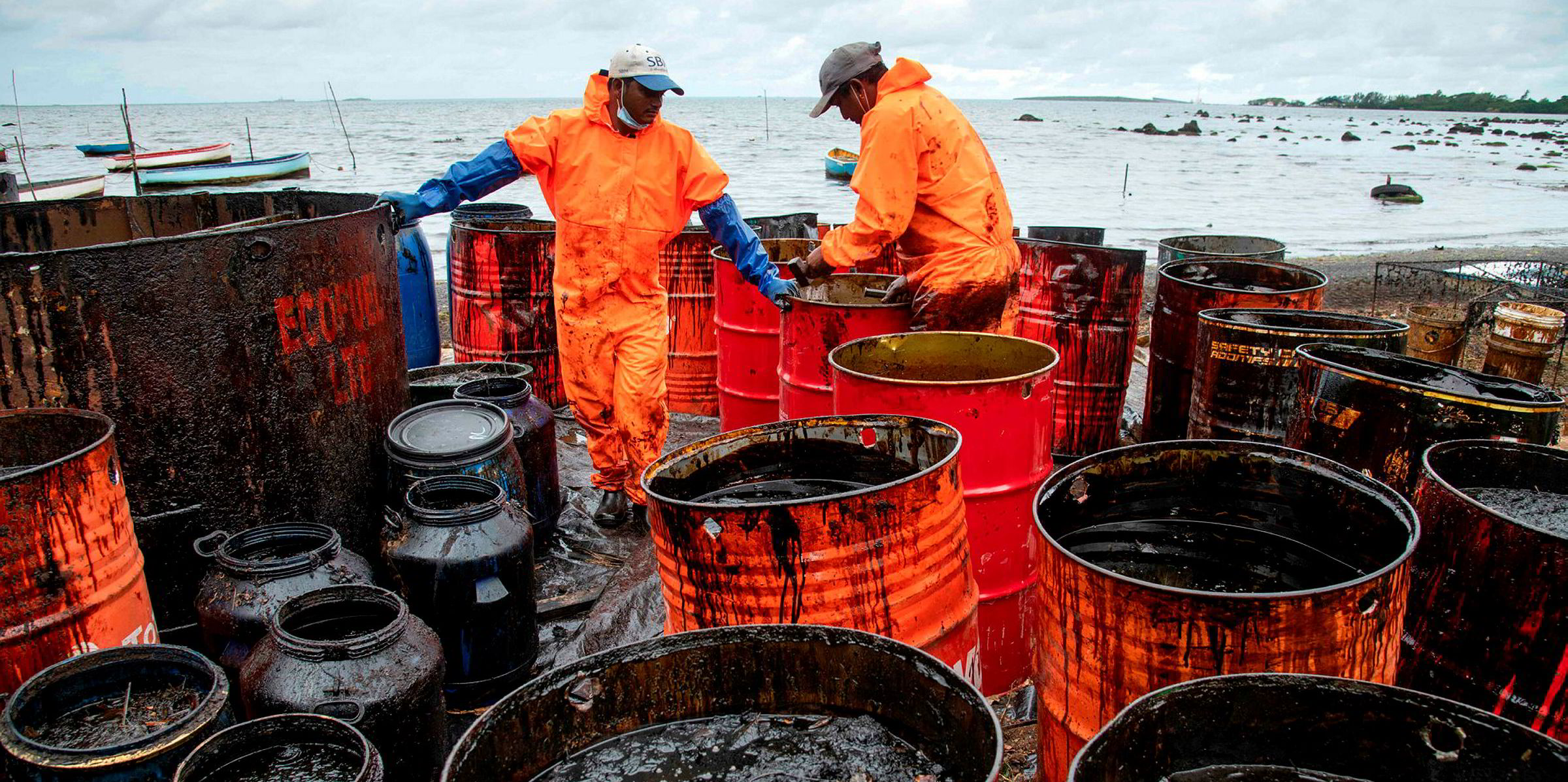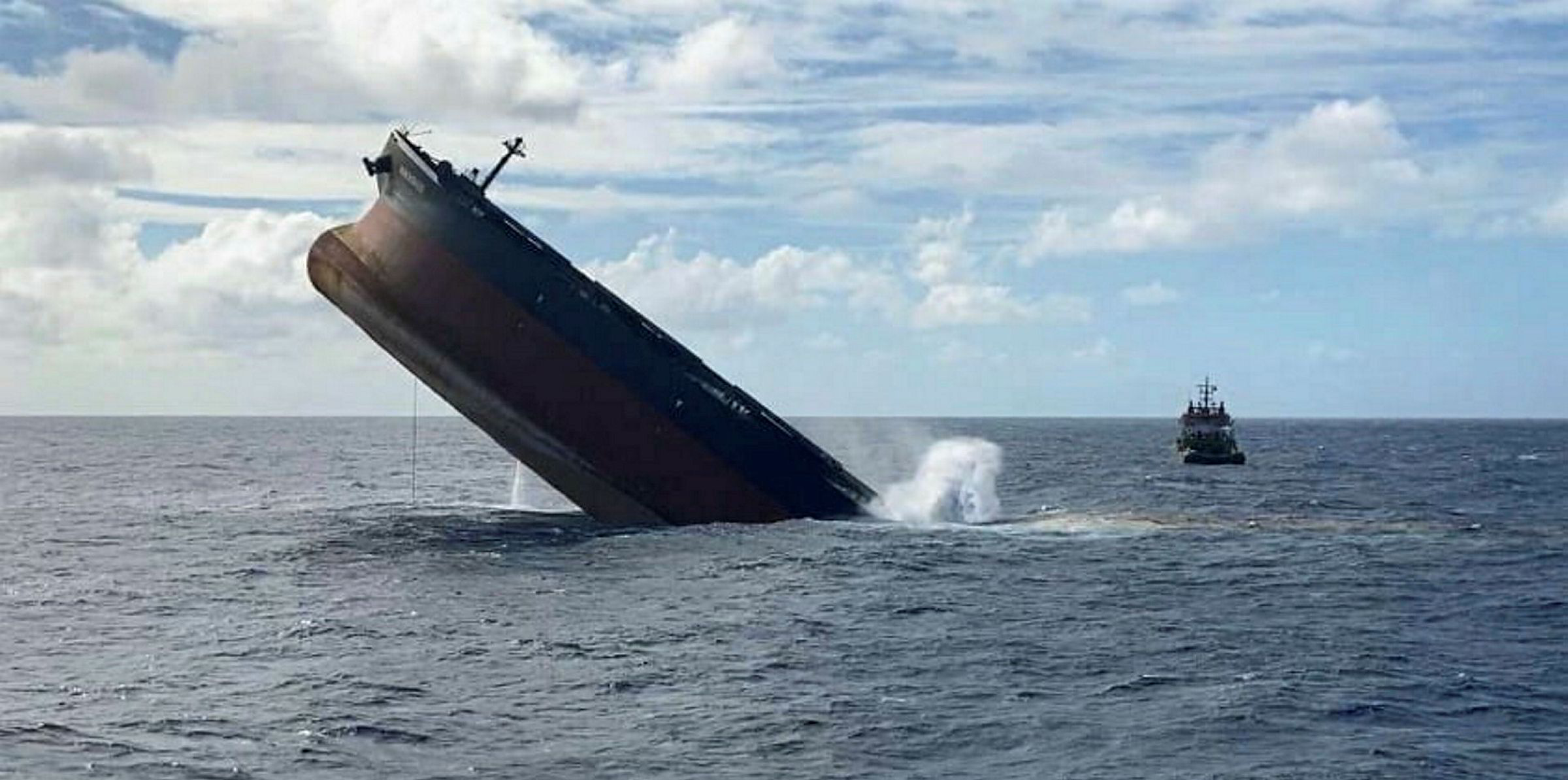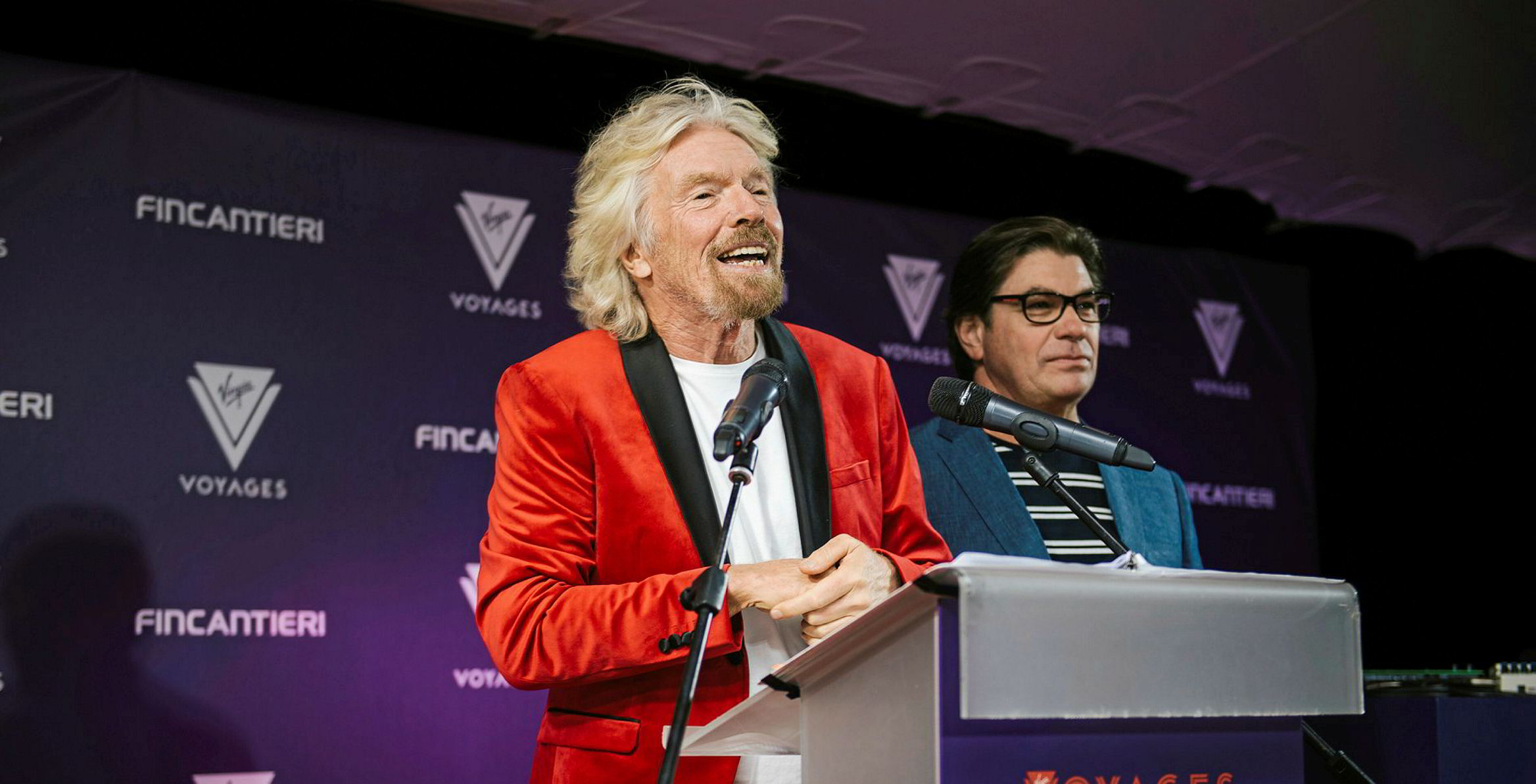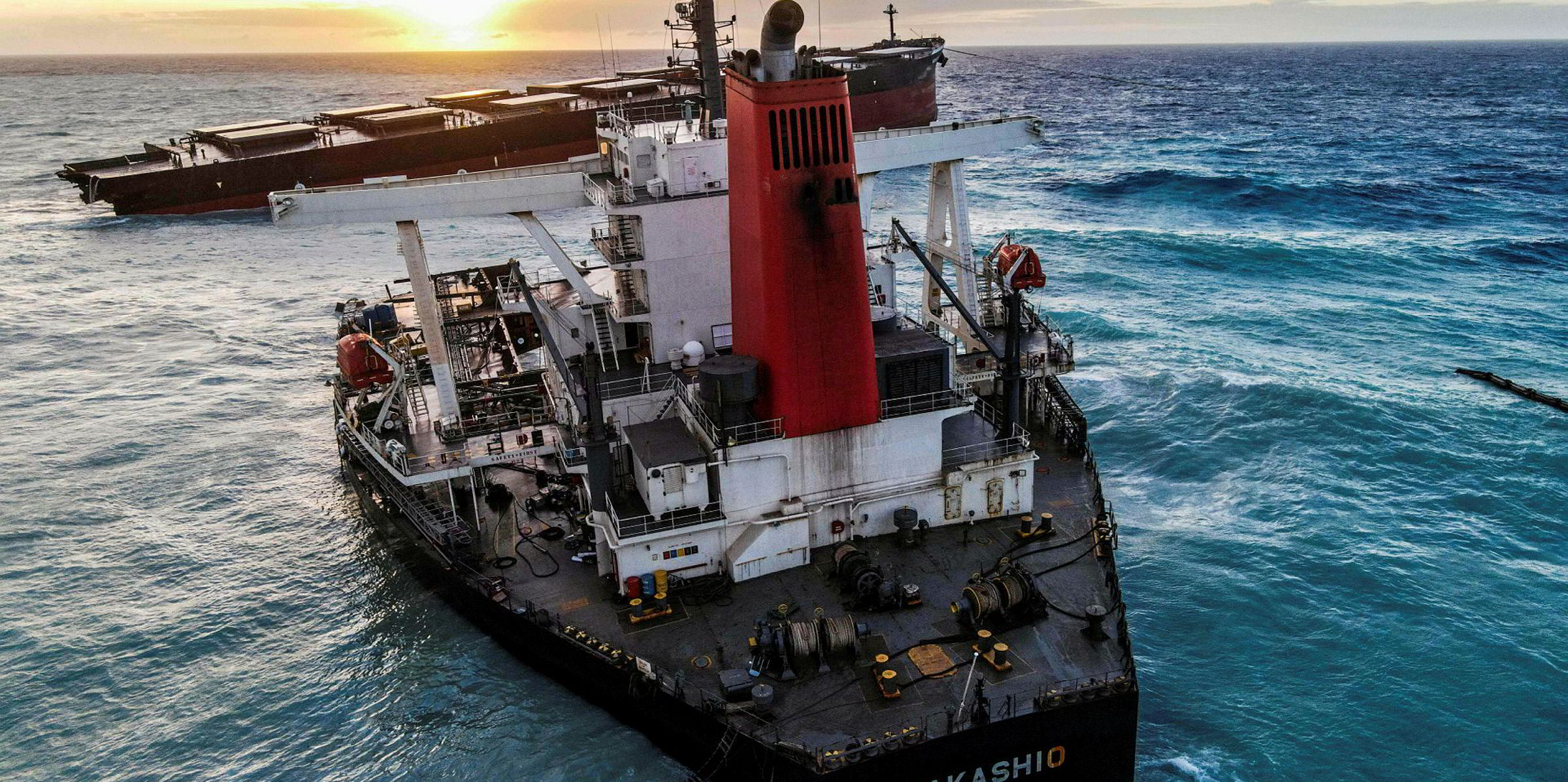Efforts to clean oil pollution from Mauritius' beaches, reefs and mangroves has turned into a huge multinational operation.
A growing list of countries and environmental organisations are pooling their expertise and resources to help the island state.
The rush to lend a hand is much needed. Mauritius' entitlement to compensation may not cover its costs because of international law, which limits the financial liability of shipowners over pollution.
After the scuttling of the bow and midsection of the 203,000-dwt Wakashio (built 2007) on Monday last week, and the removal of all remaining oil from grounded stern section, the focus is now on the oil pollution clean-up.
With the threat of further pollution gone, contractors are starting to remove oil booms from around the site of the grounding.
According to the International Tanker Owners Pollution Federation (ITOPF), which is on hand at the site to provide expert advice, 32 km (17 nautical miles) of Mauritius’ eastern coastline has been polluted to varying degrees by the bulker's fuel oil.
1,000 tonnes of oil escaped from the wreck
About 1,000 tonnes of low-sulphur fuel oil leaked into the ocean from the wreck of the Wakashio.
The lead commercial contractors in the clean-up are French company Le Floch Depollution and the Polyeco Group. Both firms have been appointed by the Wakashio’s protection and indemnity insurer, the Japan P&I Club.
Le Floch Depollution is an expert in the decontamination of soil polluted by hydrocarbons and has worked on some of shipping’s worst pollution incidents, such as the Erika.
Governments from around the world are also lending a helping hand. The UK has sent experts from the Centre for Environment, Fisheries and Aquaculture Science. Japan's International Cooperation Agency and its Center for Environmental Biology and Ecosystem Studies are also working on the project.
France’s Cedre, an organisation that specialises in accidental water pollution, and the French Navy Pollution Response branch are also on site.
Most recently, the Indian Coast Guard has sent equipment and personnel to join in the pollution control activities.
International governmental bodies, such as the International Maritime Organization, are closely involved.
Nagashiki Shipping, which owns the Wakashio, and charterer Mitsui OSK Lines have sent their own personnel and equipment.
Manual efforts
However, much of the clean-up is still being done manually by local workers and non-governmental organisation volunteers.
Describing the work, ITOPF said: “Techniques currently being used include the manual removal of bulk oil using scoops and shovels, low-pressure flushing using absorbents to collect the released oil, and, in some areas, high-pressure washing.
“Oiled debris and tar balls have also been manually collected at priority sites, including public beaches. Particular care is being taken with sensitive mangrove areas to avoid damage to prop roots.”
A priority is being given to the disposal of waste oil that has already been collected.
ITOPF said much of it is being kept in difficult-to-access locations along the coastline and is proving a challenge to remove.
In the next stage, international salvage companies are likely to start bidding for the project to remove the remaining stern section of the Wakashio, which is stuck on the reef.
Smit Salvage was appointed as the salvage contractor for the initial stages of the emergency response and oil pollution control measures, but there is no indication whether it will be involved in dismantling the stern section.
The Mauritius government is reportedly keen to see the wreck-removal operation begin by November, which will leave salvage companies little time to prepare.







